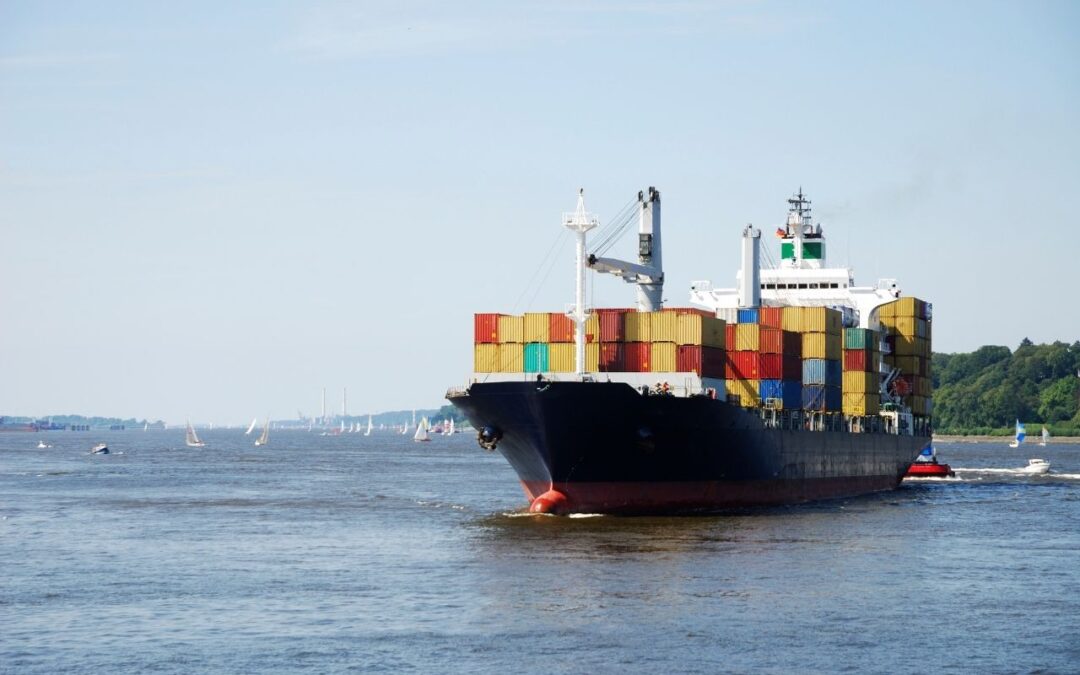Ocean Freight shipments continue to experience significant delays and disruptions due to space constraints and equipment shortages. Due to the heavy volume of freight being shipped, Steam Ship Lines are consequently booked for several weeks out due to the high demand by exporters and importers for space and service. Port congestion continues to be a challenge on the US West Coast as a result of the large volume of cargo coming in from Asian regions. The delays at the port have a ripple effect on the rail and trucking further extending transit delays. Export delays persist as well along with booking availability from US Origins. Steam Ship Lines are currently booked out anywhere from 4 – 6 weeks. Shipping times are elongated due to congestion, lack of equipment and space availability. The delays are industry-wide and are affecting all logistics service providers collectively.
Due to the coronavirus outbreak, there has been a massive disruption in the trading cycle. The virus outbreak had put the world in lockdown and the ports had very limited labor to support through trading. Due to a shortage of labor, there were very few people to manage the trades which resulted in the imbalance supply of containers. After the outbreak, the container shortage became a major issue that had many effects including but not limited to congested ports, high jumps in the freight charges, high jumps on the rate of containers, etc. Due to the aftereffects, the traders have now started playing safe by having a maximum container in possession and keeping them for buffer. This will help them overcome the delay in shipments and rollouts but is affecting the trading belt more dangerously. There has been a term referred to this tendency called the ‘bullwhip effect’. Although, they cannot be restricted since, they have suffered in past. There is an essential requirement of a sustainable solution soon, which is not just reliable but may provide easy negotiations, and much lower rates.
Jump in freight charges and long term container contracts
The freight charges have been showing extensive variations since the virus breakdown. There have been many predictions regarding the same; the most recent one suggests that while the rates are still going higher than even, a sigh of relief can be expected in near future. The rates can only crawl back to normal when there is enough amount of containers to shipping in all the coastal regions around the globe. The rates have jumped so high during this period that the benchmark has risen three times since July 2020, while usually; it used to rise once a year previously. The logic behind the jump is through a very simple demand and supply rule. The world has been facing very high demands, under capacity supply, resulting in high rates; this rule is the basic principle of all businesses.
The reports suggest, container shortage is not a sole resultant of the coronavirus but the trade activities have exponentially grown post-corona. The ICTSI has revealed that the containers being handled by them have grown in volume massively in the last three quarters and the numbers are: 14%, 22%, and 28%. The statistics suggest that the trading business has grown more than even in the last year.
Even though there have been many efforts being made and suggested across the globe, the exporters and importers are still facing container shortages. To overcome the challenge, now the traders are jumping into long-term container contracts. Due to high fellowship towards the trend, the world has been seeing the highest jump record of 28.1% in the container contract rates. Nobody ever anticipated such a sharp spike in the demand. I’m The trend is not followed by a newer demand, spot container. Due to the high demand for spot containers, the rates in this industry are also going very high. There has been a more than 49.1% hike recorded in July for European spot rates.

